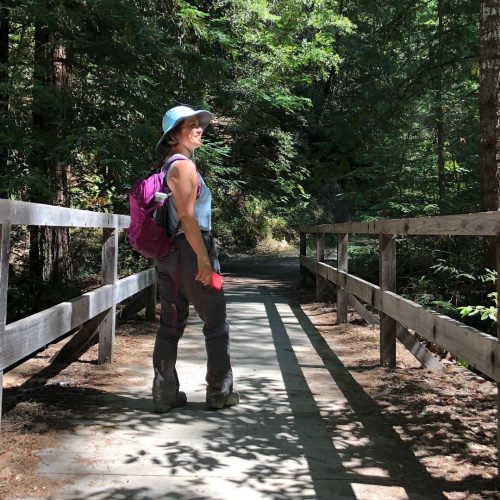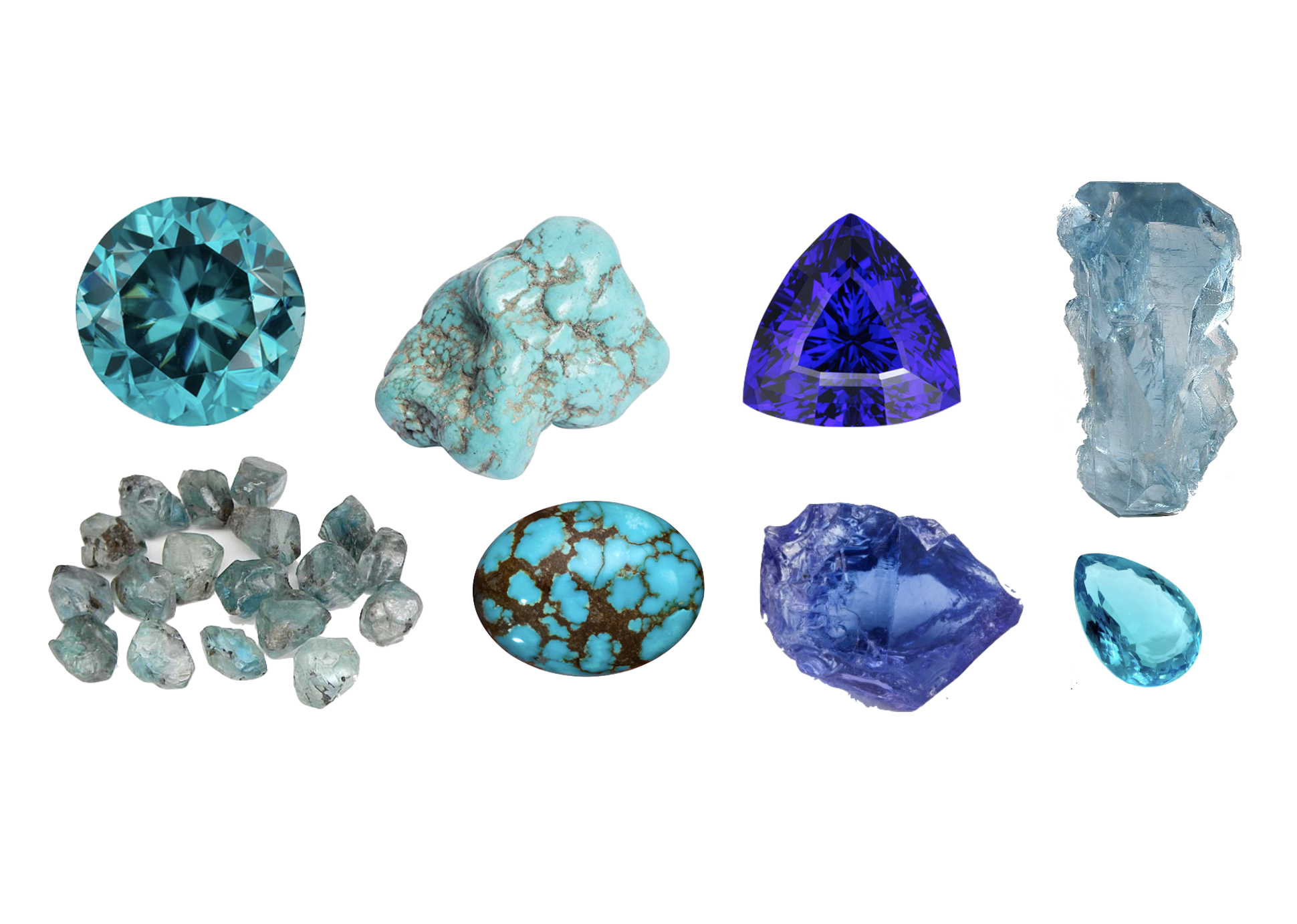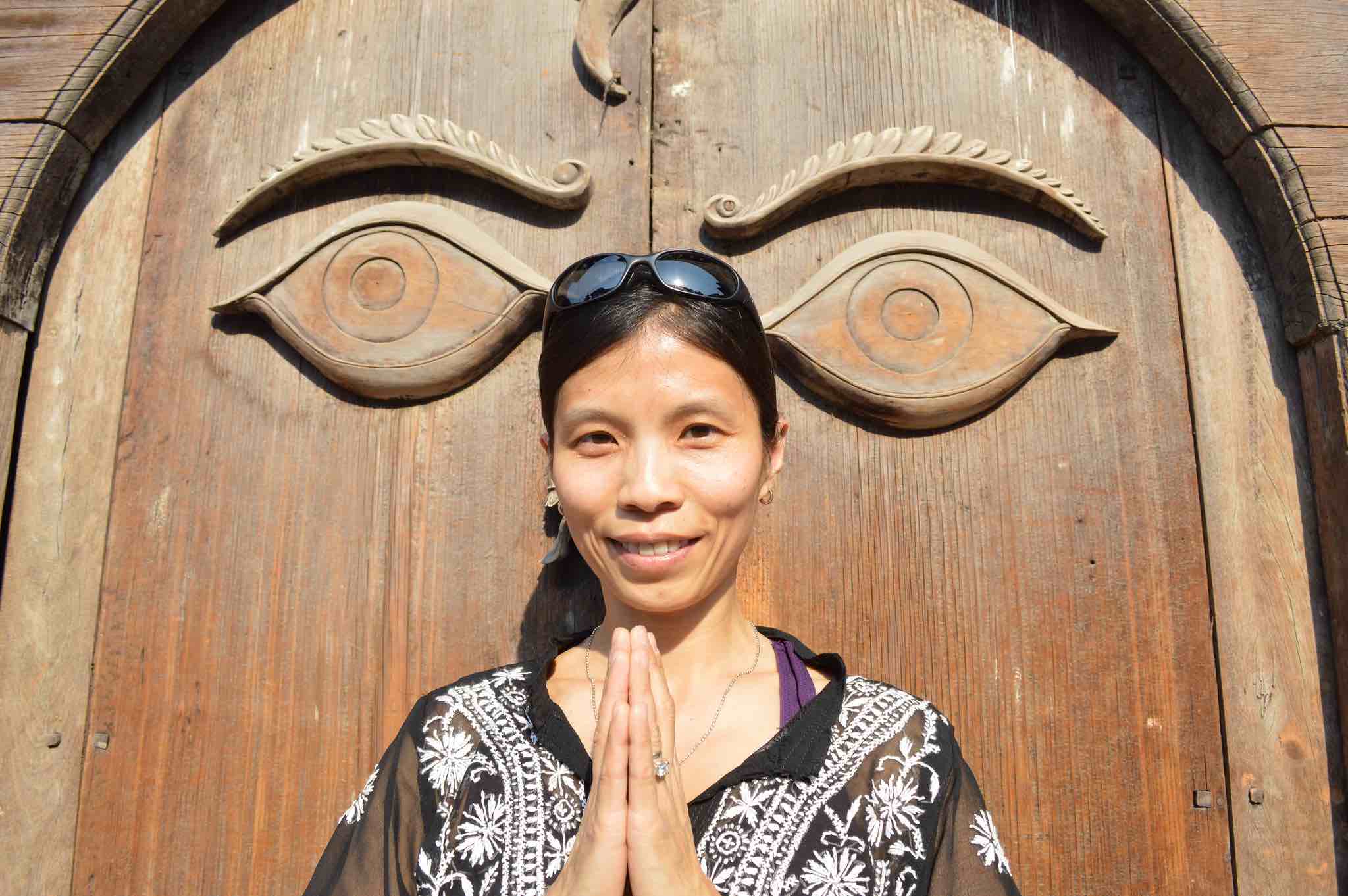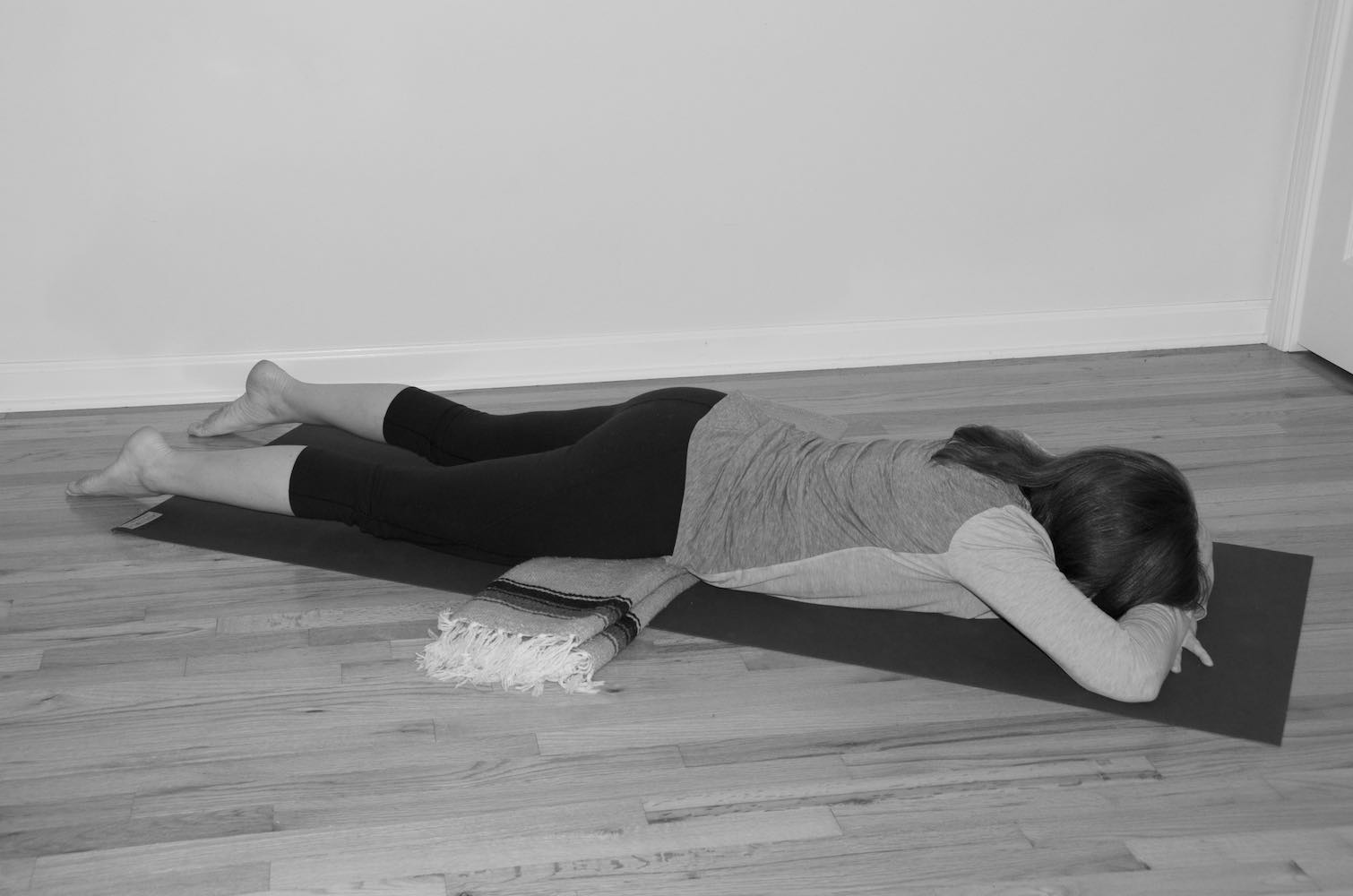Dieting is stressful and complicated. I learned that over and over in my teen years when I tried many fad diets involving counting calories or drinking special power supplements. I found dieting made me obsessively focused on meals while feeling hungry all day. After the work of dieting, weight loss was temporary. When I first heard about intermittent fasting (IF), it seemed too simple to work. IF is the practice of choosing the time to eat and the time between your meals. It has been shown to be associated with reducing insulin resistance, increasing cellular repair, loss of weight, reducing in inflammation, preventing cancer, lowering the risk of developing Alzheimer’s disease, and increasing brain health.
There are many different strategies to IF. Here are four methods:
- 16:8 Method: fasting 16 hours a day and fitting meals in an eight-hour window.
- 5:2 Method: eating normally for five days per week but limiting calories the other two days.
- Weekly 24-Hour Fast: eating normally six days per week but not eating for a 24-hour period.
- 12-Hour Fasting: fasting for a 12-hour window every day.
During a particularly stressful period in my life when my energy was low, I had gained excess belly fat, and I seemed to be experiencing mental fog in the evenings, I decided to try IF. The 12-hour fast seemed it would be easiest to follow as I would be sleeping during seven of those hours. Next, I needed to choose when in the 24-hour period to fast. I knew from my dosha (Ayurvedic constitution) that finishing my meal early in the evening allowed for better digestion and a better night’s sleep. It seemed a simple choice: I would eat only in the daytime between 6am and 6pm.
My rules for my diet were simple:
- I would eat my usual, plant-based, mediterranean-style diet with fish, some chicken, but no red meat.
- I would avoid any processed grains (flour, rice, etc.) and sugar.
- I would space my meals four to five hours apart and would not snack between meals.
- I would eat during the day (circadian fast) between 6am and 6pm.
- I would continue to exercise regularly, avoiding any “boot camp” extreme workouts.
My most difficult challenge was changing my long-standing habit of evening snacking. The first three evenings where excruciating. I had to convince myself over and over to not reach for something to eat. I compromised somewhat by sipping broth in the evenings. After those first three days, it became easier. After about three weeks, I surprisingly no longer felt the need to snack. I expected some weight loss, but when nothing changed much in the first month, I hid the scale in my closet. After six weeks, I felt an uptick in my overall energy. After two months, I felt more clear-headed in the evenings, and my energy levels noticeably improved. After three months, I finally pulled the scale out of my closet. I was startled to find I had lost 10 pounds. But, more importantly, I felt stronger. My handstands were lighter! Hiking was easier on my feet. After a year, I had lost about 30 pounds. I felt empowered. I felt I had the ability to choose the path for my own health.
There were times when I “fell off the wagon” and ate late in the evening or ate sugary items and processed grains. But, I found that if I returned to the 12-hour circadian fast the next day and maintained it for the following week, I could maintain the weight. In other words, I could “cheat” the diet once per week without any lasting effects. Now I know that it takes at least 21 days to break a habit, but it all starts with those first three days.
(Note: If you are considering intermittent fasting, make sure to discuss it with your doctor, as limiting calories can be dangerous for those with certain conditions.)















One reply on “My Surprising Experience with Intermittent Fasting”
Hi Misako
I was thinking about you and wanted to say hi. I purchased a Paddle Board and just started getting out some. I have been to Capitola Beach a couple times. Where are you paddle boarding these days? I am going to try and find some nice places around the Bay area if you recommend any please let me know. I have been taking some online classes with Breathe and caught your class a couple of times. Glad to see your still teaching. I hope your doing well.
Take care,
Gigi